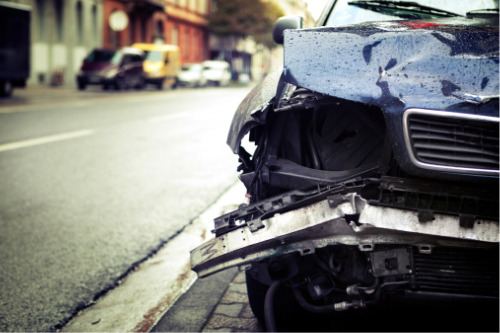

With drivers spending less time on the road amid the coronavirus lockdown, what impact is that having on accidental damage claims? Brokerage giant Willis Towers Watson had attempted to shed some light by teaming with Audatex UK for a new report.
Their research has revealed that by mid-April, volumes of new work instructions being sent from motor insurers to UK repair shops dropped by an eye-catching 80% compared to the first three months of the year. It noted that 27% of repair shops closed temporarily and many of those that remained open were operating on reduced capacity as a result of the lockdown.
Though the number of claims has dropped, repair costs are on the rise. The research highlighted that during the 12 weeks prior to lockdown, the average repair cost estimation was around the £1,850 mark. However, the pandemic prompted changes – initially repair estimates dipped by £100 during the first week of lockdown, but in the first three weeks of April they consistently topped the £2,000 mark. The report suggested that while some insurers have agreed to temporarily amend labour rates, this “does not appear to the case.”
“Drilling into Audatex’s cost components shows that it is the net average parts cost that has risen sharply during April,” it said. “Higher levels of this cost factor are typically associated with vehicles that have been more severely damaged. So, the abnormal increase in net average costs reflects that it is primarily the non-driveable vehicles that are being prioritised for mending, by insurers and repair body shops, during this period.”
In addition, the data shows a number of new instructions being sent by insurers to repairers that have yet to have a repair cost generated.
“With both body shops and customers keen to maintain the social distancing guidelines, insurers and their network have been triaging which vehicles to take in for repair and it has been a logical step, for all concerned, to focus on mobility as the top priority and to turn attention to the vehicles which are damaged but driveable once there is a lifting of the lockdown restrictions,” said Neil Garrett, sales director at Audatex UK. “As a result, repair body shops now have a building back log of jobs to work through. The data indicates that, for some, this started to build up in the weeks leading up to the official UK lockdown and many could find they already have the equivalent of three weeks of ‘normal’ level job volumes to be actioned. Although, these will likely be ‘light’ to ‘moderate’ repair works, given that the more severely damaged vehicles are being repaired.”
Perhaps the most surprising stat, however, is that there has been a significant reduction in what motor insurers and networks call “key to key” time – i.e. the time it takes for the car to be returned to the customer fully repaired.
“Working from the initial repair decision-making date to when an invoice is generated, the ‘key-to-key’ time has historically averaged at over 10 days,” said Tom Helm, head of claims consulting at Willis Towers Watson. “During the lockdown, however, this timeframe has on average dropped below five days. This is particularly impressive when considering much of the work relates to more severely damaged vehicles that are typically more complex and time-consuming repairs.”
According to Helm, this information is likely to play on the mind of insurers going forward.
“Analysing how the timeframe from incident date to return of vehicle to customer radically reduced on average by five days is likely be high on the list of most insurers,” he said. “Did temporary repairs simply play a key part or might it actually be feasible to deliver this faster timeframe as a new service benchmark in the long term?”
